The sleek and versatile Microecement designs are taking centre stage in modern bathroom design. It’s not hard to see why it offers a seamless, minimalist look that feels luxurious and low-maintenance. In this blog, we’ll explore the top Microcement bathroom design trends for 2025 and how this material is reshaping how we think about high-end interiors.
What Are the Top Bathroom Microcement Design Trends in 2025?
The demand for Microcement in bathrooms is growing fast, and 2025 will be a year of innovation and refinement. One of the most noticeable shifts is the move toward organic minimalism. Think soft lines, natural hues, and surfaces that invite touch. Designers embrace Microcement’s ability to deliver a clean and understanding backdrop while allowing other elements to shine, like fixtures, lighting, and greenery.
Another trend making waves is industrial elegance. This isn’t the raw, unfinished industrial look we’ve seen in years past. Instead, it’s about balancing the rugged texture of Microcement with elegant finishes like brushed gold taps or matte black hardware. These contrasts add depth and sophistication without losing that edgy vibe.
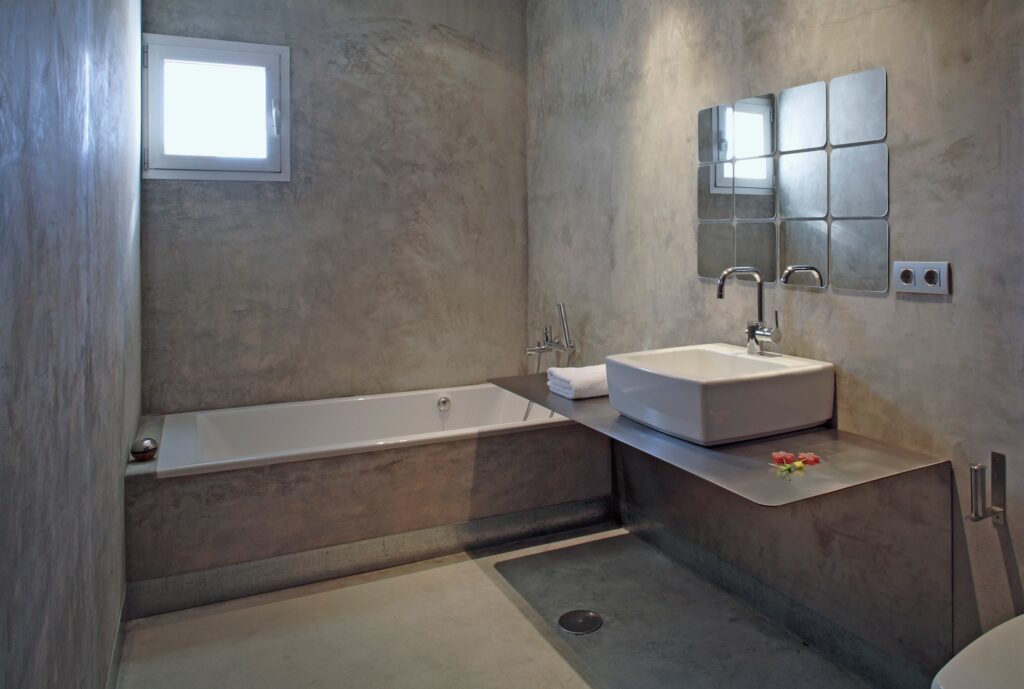
Spa-inspired designs are also on the rise. With wellness continuing to influence home interiors, more people are creating serene and restorative spaces. Microcement works perfectly here, thanks to its soft texture and seamless application. Entire walls and floors are coated in subtle mineral shades, giving bathrooms a calm, cohesive feel. It pairs beautifully with warm lighting, soft linens, and natural accessories like stone basins or wooden shelves.
Finish-wise, there’s a growing preference for matte and satin textures. These surfaces gently catch the light and hide watermarks better than high-gloss alternatives. Trowel-textured finishes also gain attention, offering a hand-crafted look that adds depth without being too dramatic.
Why Are Seamless Surfaces So Popular in 2025 Bathroom Designs?
There’s a good reason why grout-free designs are trending right now. Seamless surfaces have a visual appeal that’s hard to beat. They create a sense of openness and flow, making even small bathrooms feel larger. Microcement delivers exactly that effect. The eye glides effortlessly across walls and floors with no joints or breaks.
But it’s not just about looks. The practical benefits of seamless Microcement surfaces are equally compelling. For starters, they’re incredibly easy to clean. Without grout lines, there’s nowhere for mould or dirt to hide. This makes maintenance simpler and more hygienic, a big plus for busy households.
In terms of performance, Microcement holds up well in wet environments. It’s water-resistant and non-slip when properly finished, making it ideal for showers, tubs, and bathroom floors. Its durability also means fewer repairs over time.
Whether working with a compact guest bathroom or a sprawling master ensuite, seamless surfaces help unify the space. They also provide an excellent canvas for layering in other design elements like recessed lighting, floating vanities, and built-in shelves.
How Are Color Palettes Evolving in Modern Microcement Bathrooms?
Colour trends in bathrooms are shifting. While cool greys once ruled, 2025 is embracing warmer, earthier tones. These natural shades help create a more relaxing atmosphere and work well with the soft, organic aesthetic that’s so popular now.
We’re seeing a lot of muted neutrals like clay, sandstone, taupe, and soft browns. These tones pair effortlessly with wooden accents, green plants, and woven textures. Sage green and pastel peach is also appearing in Microcement finishes, lending a gentle pop of colour that doesn’t overwhelm.
This trend ties closely to the Japandi and biophilic movements, prioritising calm, balanced spaces connected to nature. Designers use custom pigments in Microcement to echo these themes, often blending several tones for a layered and nuanced effect.
Even traditional greys aren’t entirely gone. They’re taking on warmer undertones, evolving into more smoke-like or stone-inspired hues. This shift toward natural, earthy colours is part of a broader desire for grounded and timeless homes.
What Fixtures and Features Pair Best with Microcement in 2025?
When designing a bathroom around Microcement, the fixtures and fittings you choose can make all the difference. In 2025, the focus is on contrast and balance. Since Microcement has a soft, understated finish, it pairs well with bold, modern hardware.
Matte black fixtures continue to be a popular choice. They stand out against light-coloured Microcement and add a graphic edge. Brushed brass is another favourite, bringing warmth and a touch of vintage charm. Both options work well with minimalist lines and soft textures.
Freestanding tubs are a must-have in luxury bathrooms. Positioned on a seamless cement floor, they feel sculptural and elegant. Floating vanities and wall-mounted toilets help maintain that open, airy vibe. Their clean profiles also make the bathroom easier to clean.
Lighting is critical in these designs. Recessed ceiling lights, LED strips under vanities, and hidden cove lighting can beautifully highlight Microcement’s texture. Pendant lights above a tub or vanity add visual interest and a sense of verticality.
The overall goal is to create harmony. Fixtures should complement the Microcement without clashing or competing for attention. Think clean lines, balanced proportions, and a mix of matte and reflective surfaces.
How Do Designers Use Microcement for Zoning in Bathrooms?
Zoning is an essential part of smart bathroom design. It’s about dividing the space into functional areas without necessarily putting up walls. Microcement makes this easier than ever, thanks to its ability to shift subtly in texture, tone, or finish.
For example, a slightly rougher Microcement surface might be used in the shower area to provide grip, while a smoother finish covers the rest of the room. Similarly, a soft colour gradient can distinguish the bathing area from the vanity space.
Some designers use Microcement in different tones to visually separate wet and dry zones. In open-plan layouts, raised platforms or recessed sections coated in Microcement help guide the eye and establish clear zones without clutter.
Another interesting approach involves using the same material across all zones but changing the application method. For instance, a brushed or troweled finish in the shower can contrast with a polished or satin look near the sink. This strategy keeps the material palette consistent while creating visual and functional boundaries.
Is Microcement a Sustainable Choice for Bathroom Design in 2025?
Sustainability is more important than ever in home design, and Microcement scores high marks in this area. Unlike traditional tiling, which requires multiple layers of materials, Microcement is applied in thin layers directly onto surfaces. This means less waste, fewer resources, and a cleaner installation process.
It also has impressive longevity. Once sealed, Microcement surfaces can last years without major repairs or replacements. That durability translates to fewer renovations and less material going into landfills.
Microcement is also compatible with radiant heating systems, which are more energy-efficient than traditional heating. Many Microcement products now come with low-VOC formulas and options for recycled content, which aligns well with eco-conscious goals.
Choosing Microcement means reducing your bathroom’s environmental footprint without sacrificing style or comfort. It’s a win-win for homeowners looking to make more responsible design choices.
What’s Driving the High-End Appeal of Microcement in Luxury Bathrooms?
Microcement has gone from industrial material to design darling, and its high-end appeal shows no signs of slowing down. What makes it feel so luxurious is its custom nature. Every Microcement application is hand-finished, meaning no two surfaces are exactly alike.
This artisan approach creates a sense of exclusivity. Whether you opt for a raw, tactile finish or a silky-smooth satin look, the result feels bespoke. In luxury design, attention to detail matters.
High-end hotels and spas increasingly turn to Microcement for its minimalist yet refined appearance. It aligns perfectly with the “quiet luxury” movement that favours subtle elegance over flashiness. You won’t find gaudy colours or over-the-top textures here, just beautiful and timeless surfaces that speak for themselves.
Custom microcement textures also play a role in this appeal. Designers are experimenting with layered trowel effects, colour washes, and embedded details. Pigment blending adds another layer of customization, allowing for shades that reflect the homeowner’s unique style.
Ultimately, the combination of form and function makes Microcement such a compelling choice for luxury bathrooms. It looks beautiful, feels amazing underfoot, and stands up to daily wear—a rare combination.
Wrapping Up:
As we wrap up, it’s clear that Microcement is more than just a passing trend. Its seamless surfaces, natural tones, and minimalist aesthetics reshape what we consider luxurious in bathroom design. Add to that its eco-friendly properties and high-end finish options, and you have a material that ticks all the right boxes for 2025 and beyond.
Expect to see more creative applications of Microcement in the coming year, from full-height walls to built-in bathtubs and custom vanities. Designers will continue to push the boundaries, exploring new textures, colourways, and uses.
If you’re considering updating your bathroom, Microcement offers a modern yet timeless option that blends beauty with performance. While it might require a professional application, the results are well worth it. Microcement is not just setting trends—it’s redefining them.

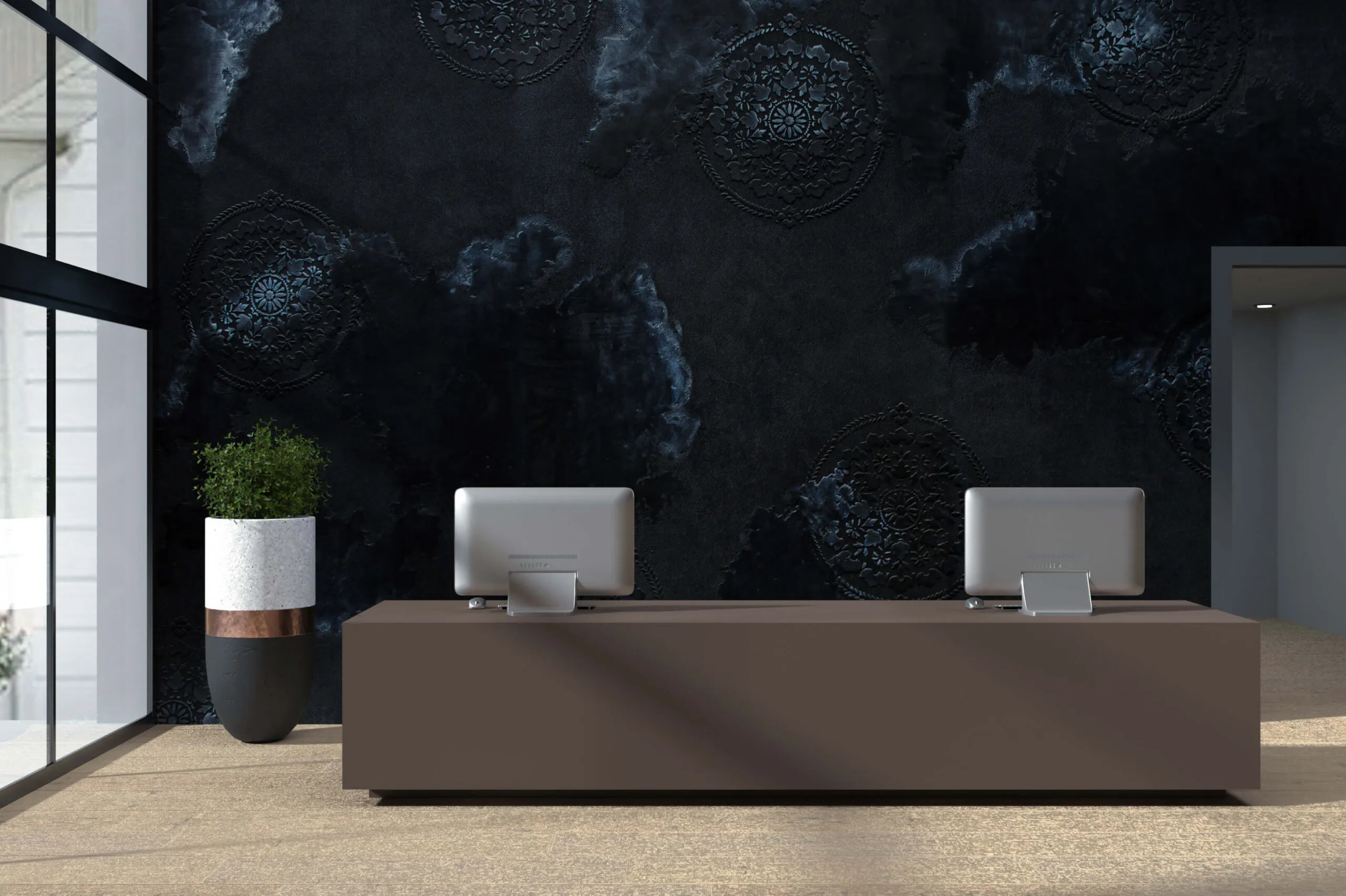

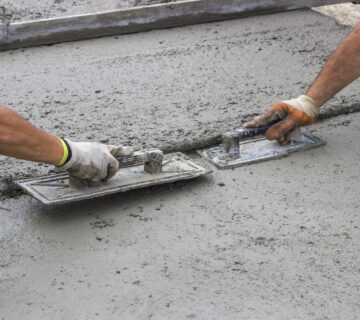
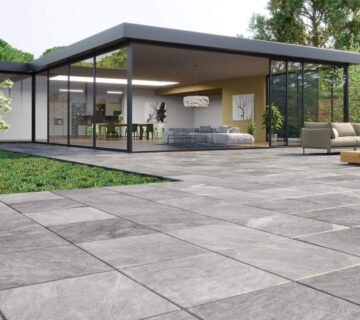
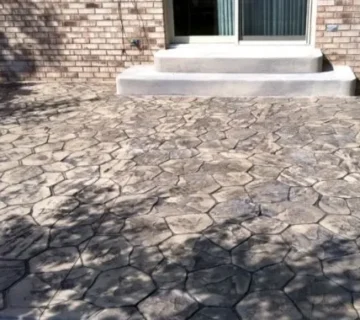
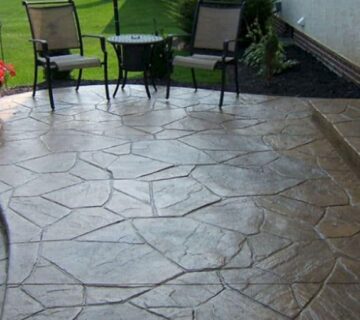
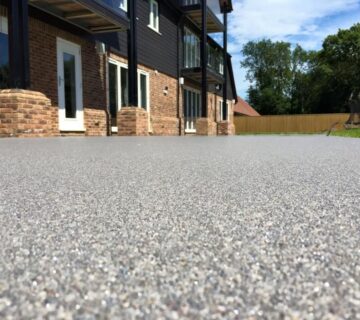
No comment